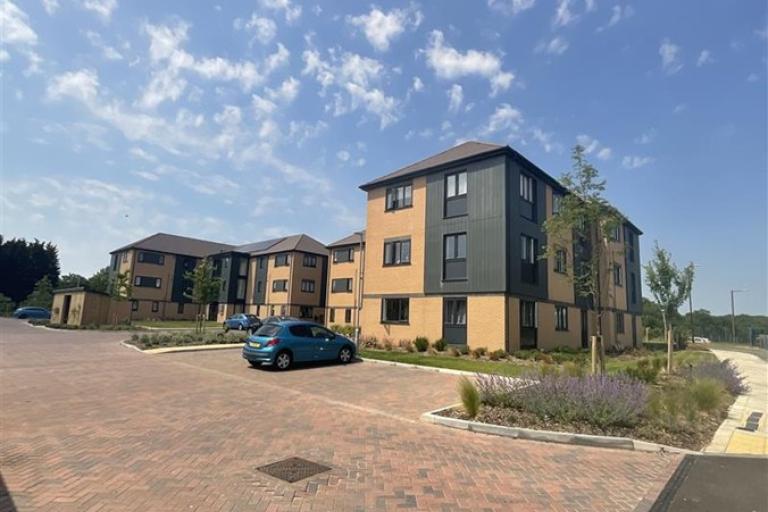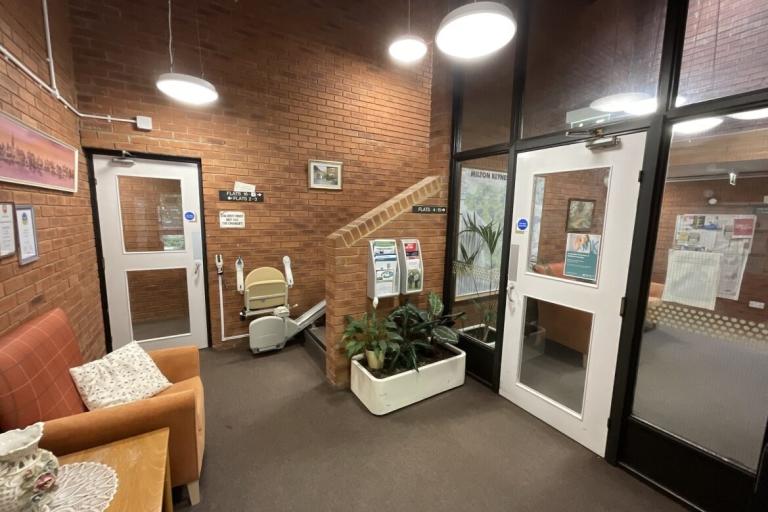Following feedback from the rents and service charge consultation, this page is an overview of how we administer service charges throughout the year. We also explain what some of the key terms mean.
The Service Charge Cycle
🗓️ From start of October to end of January we estimate charges
We begin by reviewing what was spent on each of the 68 service charge expenditure items over the past year. We then factor in:
- Contractual price increases
- Market trends and supplier updates
This helps us estimate the costs for the upcoming financial year.
📬 In February we notify tenant and leaseholders
If you are a tenant then we write to you in February setting out your new rent and new service charges for the rent year ahead, which always starts on the first Monday in April.
If you are a leaseholder then we send you your estimated account which shows you how much we think we will spend in the year for the service charges and management fee that you are asked to pay.
🔧From 1 April we manage in-year spending
As the new financial year begins on 1 April:
- We receive invoices from suppliers and contractors for completed works.
- Our repairs and maintenance contractor, Mears, provides monthly updates on completed jobs.
- Council staff delivering services like cleaning and caretaking are paid their salary monthly.
📊 From May to September we review actual costs
On 1 April the new financial year starts and we start work on closing down accounts for the previous year, which needs to be completed in May.
As soon as this is finished, we start to look at all of the expenditure for each of the service charges we charge and this is broken down at different levels, either at parish level, group level, block level or individual property level.
This work is very complex and detailed and takes between May and September to complete.
📄 In September we send Annual Certificate and Statement of Affairs to tenants and leaseholders
In September, or earlier if possible, we send tenants and leaseholders a summary document called "Annual Certificate and Statement of Affair". This shows:
- What was collected in service charges
- What was actually spent during the year
This takes us back to October where we restart the estimate process again to set charges for the next financial / rents year.
Key terms explained
📉 Deficits and 📈 Surpluses
A DEFICIT is where we have spent more than we have collected in service charges.
A SURPLUS is where we have spent less than we have collected in service charges.
What happens to a deficit or surplus depends on what type of customer you are:
- Leaseholders have service charges calculated at property level and any deficit or surplus at the end of each year is posted to their service charge account.
- Tenants have service charges administered at either block or group level, with all deficits and surpluses carried across to the next rent year and included in next year's estimates. Service charges for tenants are not administered at property level.
How Do groups, blocks, and internal communal areas affect your service charge?
We have confirmed that service charges are administered at different levels, such as open space grounds maintenance charges being set at the Parish level and all other service charges being administered at group or block level.
What is a Group?
A group is a collection of blocks that are joined together either because they all have the same services, or the covenants within a lease joins them together. Examples of services that a number of blocks may share is where there is a communal boiler, so all properties receive hot water and heating from the same boiler, or they form part of a scheme for older people and tenants use the same communal rooms and facilities.
In the above example, 6 blocks are grouped together.

What is a Block?
A block is simply the term we have used to describe the building that your property is within, so a block of flats for example. The unique architecture of buildings in Milton Keynes that we own can mean that there are different properties making up the addresses in a block. We have blocks that contain flats, maisonettes and houses all within the same building.

What are Internal Communal Areas (ICAs)?
The internal communal areas of a block are those areas that generally give access to properties, so entrance hallways, staircases and corridors.
